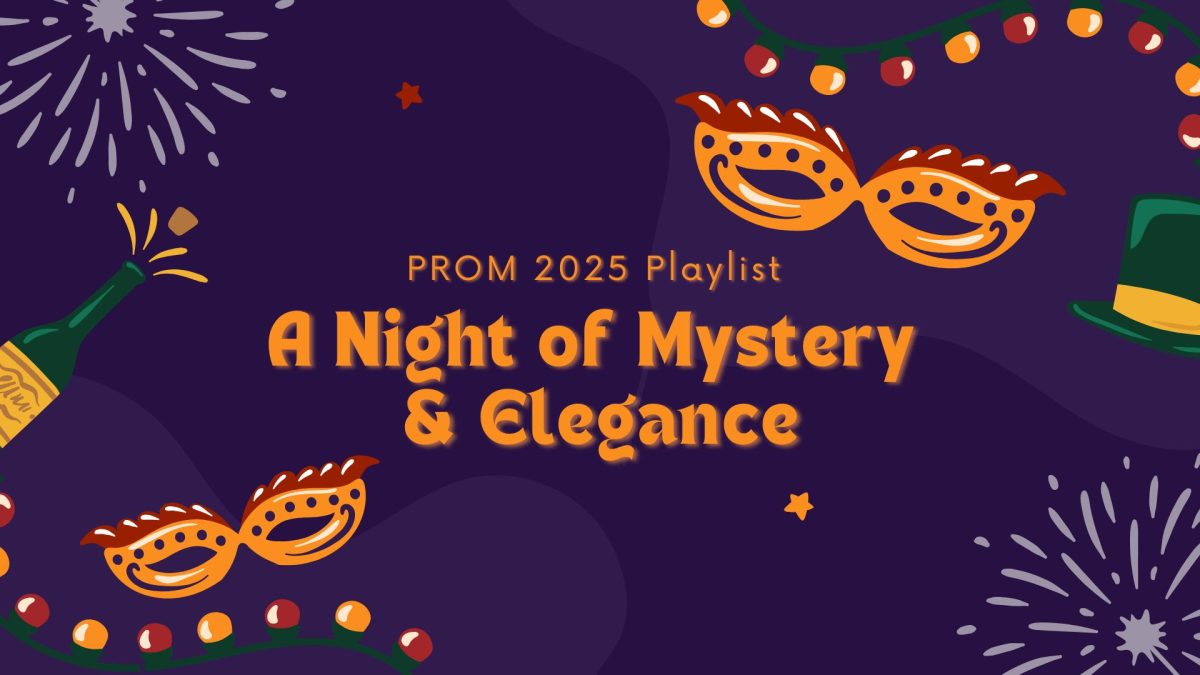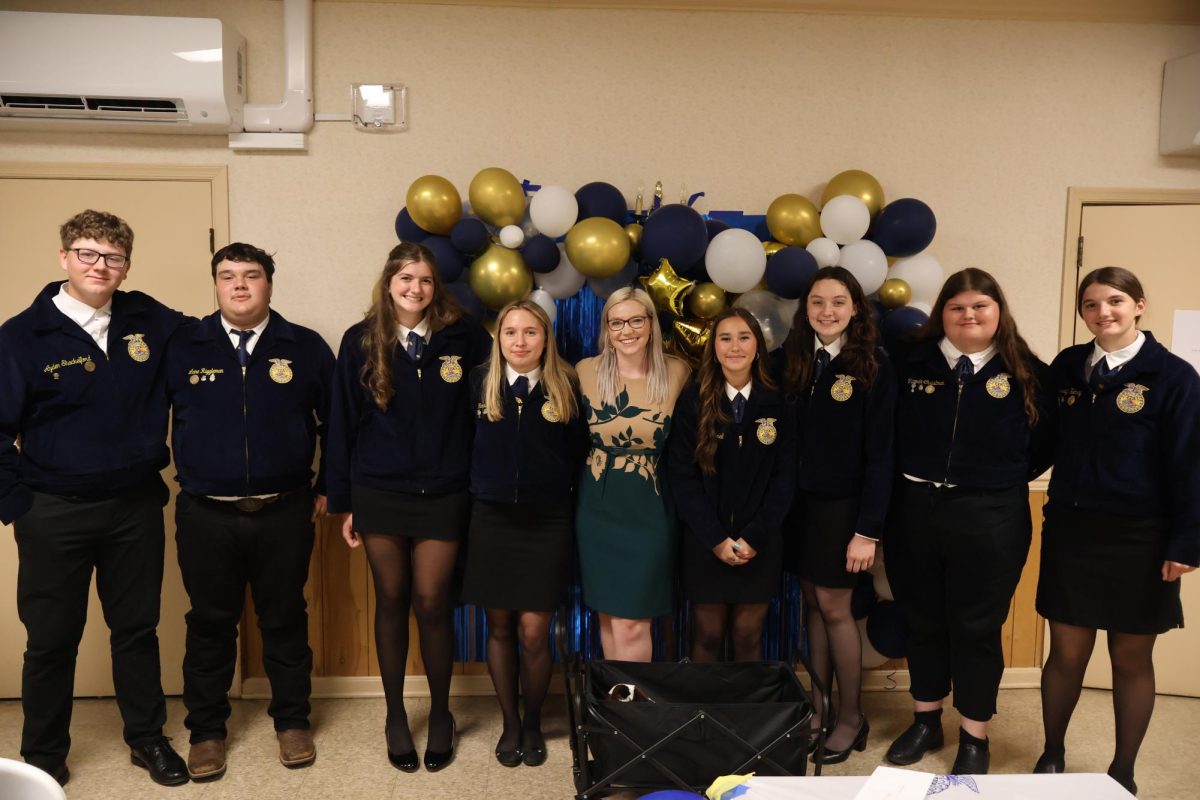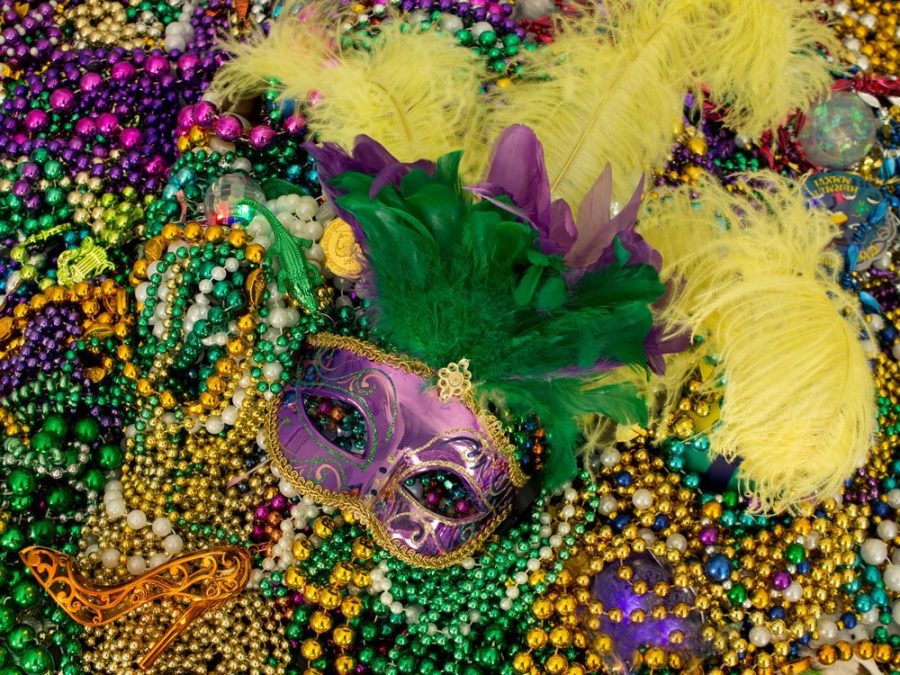The Stories Of Mardi Gras
Origins, Culture, And More Behind The Infamous Holiday
Photo of a Mardi Gras mask with feathers and beads all in purple, green and gold by Ninette Maumus / Alamy
Mardi Gras, or “Fat Tuesday” in French, might seem like just a random holiday to fill the lull between Valentines and Easter in the beginning of the year. However, there’s more to this holiday than you might originally think.
Origins .ೃ࿐
As the epicenter of Mardi Gras festivities today, New Orleans might be easy to assume as its origin. However, the holiday first started in Mobile, Alabama, in 1699, when a French colonist remembered it was Fat Tuesday back in France, so he organized a small gala with his friends. From that, the annual celebration floated around until 1718 when it planted its roots in the new town of New Orleans. The city then grew up with the holiday, for it now to become a large part of its identity today. From private balls to parades, masks and elaborate costumes, the city is now known for its vibrancy during the Christian celebration of life as it celebrates the city’s own rich culture along with it.
Religious Ties .ೃ࿐
Mardi Gras is determined by the date of Easter each year, and the Catholic holiday in turn is always determined by the first full moon after the spring equinox, after which Easter will occur that first Sunday. Following the Bible legend, Fat Tuesday (which has been held in Europe since medieval times) happens 47 days prior to kick off Lent, officially starting on the next day, Ash Wednesday. The 40 days of Lent are usually held solemnly by Christians as they commemorate the 40 days Jesus spent fasting in a desert by abstaining from worldly pleasures themselves. Hence, the day beforehand meant for indulging yourself on fatty foods and everything you want in preparation for a long fast.
The Mardi Gras color palette of purple, green and gold can be seen in King Cake, a treat traditionally baked in the weeks leading up to the occasion. It comes from the Biblical story of the three kings who brought gifts for the birth of Jesus. Included inside the baked layers of cinnamon dough, coffee crumb and occasional sweet cheese or fruit filling is hidden a tiny plastic baby. If you happen to almost swallow it in your slice, Congratulations! This means you are the host of next year’s party. Here is a recipe for the cake if you would like to try it yourself, as well as more information.
Pop Culture .ೃ࿐
In Culture Club’s 1983 hit “Karma Chameleon” (video above) you can see the holiday’s influence on the music video. Written by the band’s lead singer Boy George, the song’s lyrics contain themes about the fear people have of being themselves. As Boy George says for Smooth Radio: “The song is about the terrible fear of alienation that people have, the fear of standing up for one thing. Basically, if you aren’t true, if you don’t act like you feel, then you get Karma-justice, that’s nature’s way of paying you back.” Something hard to do on most days (“every day is like survival” is repeated in the bridge) might be made easier to do under the guise of the indulgent freedom that the party of Mardi Gras celebrates, hence the visual references in the music video.
===================================================================================
Your donation will support the student journalists of Brunswick High School. Your contribution will allow us to purchase equipment. Our goal is to purchase some updated and much needed cameras for the program.



































